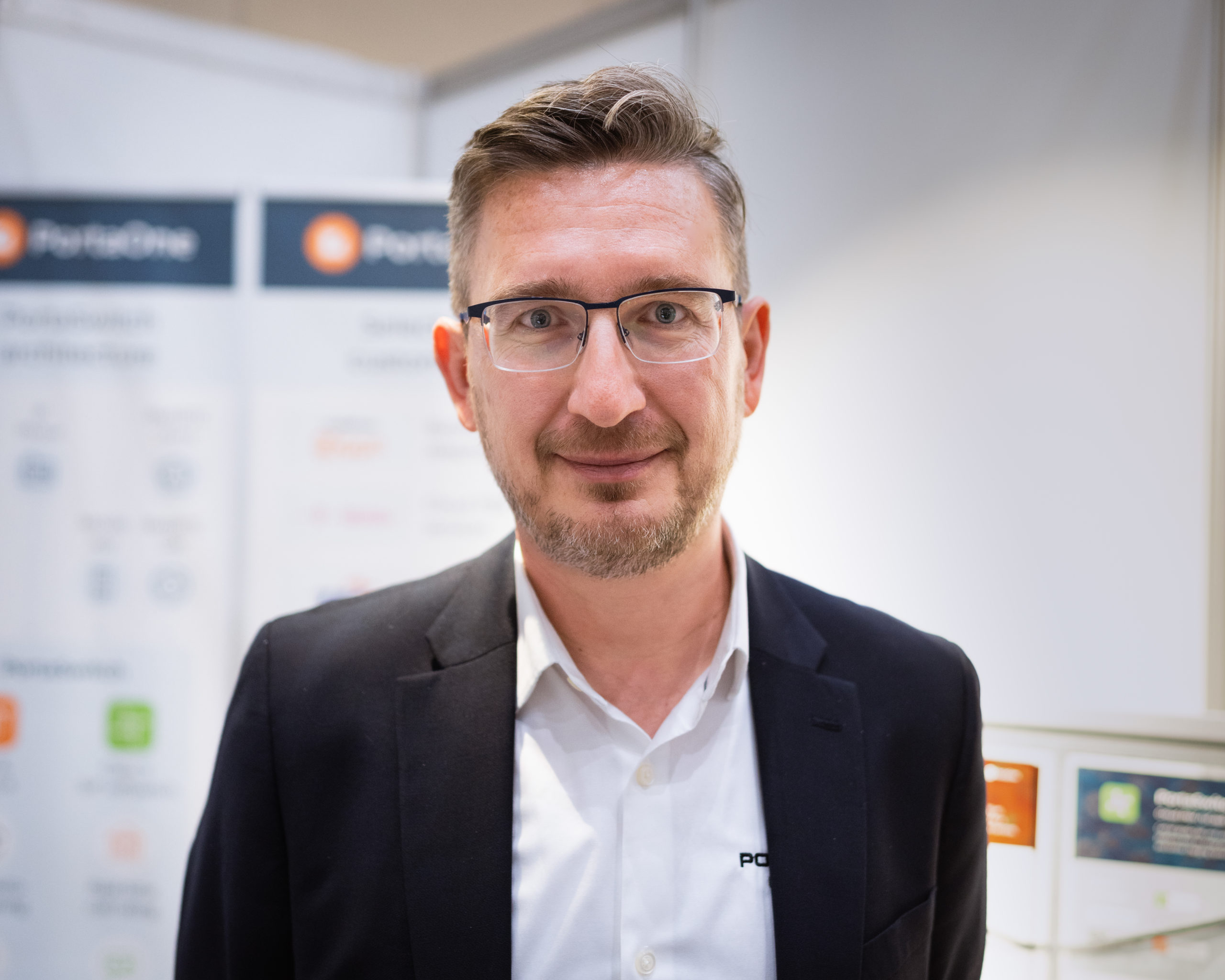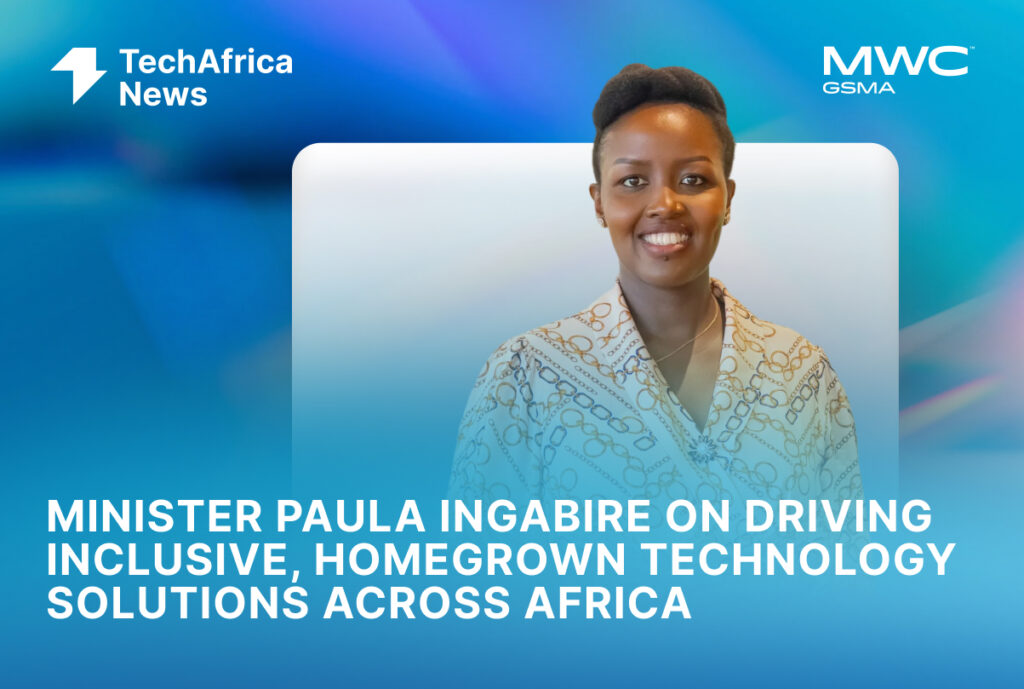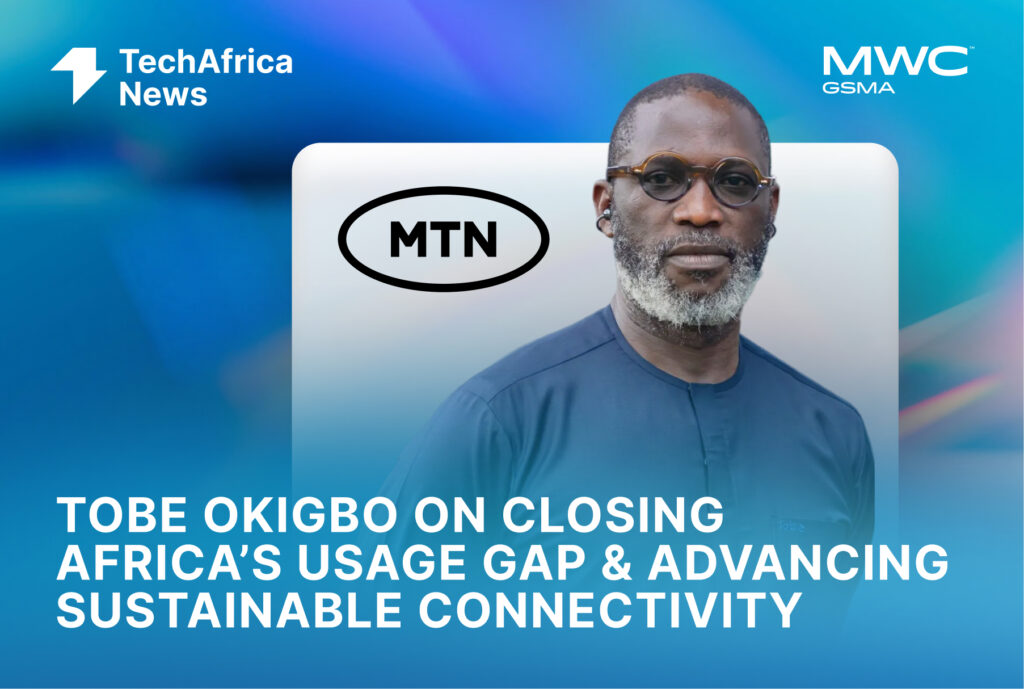MWC Africa Q&A: The successful MVNO solutions behind PortaOne’s footprint in Africa

Glad to see you in person again! Can you tell us more about what you’re showcasing at the first edition of MWC Africa?
Roman Khalenkov: PortaOne is a software development company focusing specifically on telecoms. We will of course be showcasing our flagship products, PortaSwitch and PortaBilling, which work together as a user-friendly and agile open-architecture platform that helps telcos of all sizes create new lines of business and speed up their time to market. The great benefits of all of our products is that telcos can decrease their operational costs and generate higher yields, while easily integrating in the third-party applications they need to differentiate themselves.
And this year, we are also going to focus on three main big topics specifically for Africa and MVNOs which will help small businesses to get into the bigger guys’ game. Firstly, launching MVNO is where we help with our back-end platform . The second is the Cloud PBX , often called the Hosted PBX services. We provide the ability to deliver all these fantastic features for enterprises and business environment telephony on the same platform. The third would be the ability of those companies to quickly enhance their products by bundling into them third-party value-added services available from Add-on Mart , our cloud marketplace for telco apps.
The great benefits of all of our products is that telcos can decrease their operational costs and generate higher yields, while easily integrating in the third-party applications they need to differentiate themselves.
Roman Khalenkov
Chief Commercial Officer
From your extensive market experience, what are the most important market solutions and cravings now?
Roman Khalenkov: MVNO is a unique model, and the demands on the operator will be completely different from region to region. For example, in one region, a government may require a user to provide copies of their passport, meaning the operator has to offer the ability to upload those copies, or any other documentation or requirements their specific local government might ask for. What makes it even more complicated is that these local regulations can change in a moment’s notice.

What an MVNO needs most, then, is the ability to quickly adapt and provide these types of capabilities without spending a fortune on the required development and integration. That’s where we come in – we can provide low-code solutions that the operator can integrate easily with the help of local contractors, or even just do it themselves, instead of ordering some generic solution from a large vendor in Israel and Europe that will be expensive and time consuming to customise to your local needs. We just hand over this low-code solution and say, “Please, go ahead – make it your own, and let us know how we can help.”
Would you say you have a good footprint in all the sizable African markets and that your solutions are flexible?
Roman Khalenkov: We have customers in approximately 20 African countries – the Republic of South Africa being the biggest (probably controlling 50% of the South African market). We’ve just helped launch 3 MVNOs in South Africa, signifying that PortaOne has a viable solution for any African country. We service national operators in Malawi, big wireless ISPs in Nigeria, South Africa, and even small countries like the Gambia.
What an MVNO needs most, then, is the ability to quickly adapt and provide these types of capabilities without spending a fortune on the required development and integration. That’s where we come in.
Roman Khalenkov
Chief Commercial Officer
Can you tell us a bit more about your platform?
Roman Khalenkov: Specifically for MVNOs, we do SIM card inventory so they would know precisely where each SIM card belongs. The platform allows communication with the mobile core and multiple options for charging customers in real-time to prevent balance overdraft or fraud. We enable operators to create their product catalogs, match those packages and services with the specific account, and also ensure they’re not losing any money – the system can confirm in real time that the user has the funds to pay for the services they are purchasing, then it will dynamically lock in and pre-authorise those funds to prevent any risk of balance overdraft. For top-ups it can be vouchers, credit cards, or direct debit to the bank account. Sometimes people use their available data bundle as a currency – making small purchases by transferring some megabytes of data allowance to a third-party. It’s all in the single platform already pre-integrated with the major vendors of core network equipment.
Specifically for MVNOs, we do SIM card inventory so they would know precisely where each SIM card belongs. The platform allows communication with the mobile core and multiple options for charging customers in real-time to prevent balance overdraft or fraud.
Roman Khalenkov
Chief Commercial Officer
So what does the future hold for PortaOne? With so many challenges in the market, where do you see yourself in five years?
Roman Khalenkov: PortaOne, as a company, has been around for 21 years since the late ’90s. I’ve been with the company for 17 years. I personally participated in launching the first calling cards in Prague, Czech Republic, in 1999, and I still have some customers who run calling cards, but it’s a dying business. I expect that MVNOs’ business will change significantly with the recent introduction of eSIM because it allows them to streamline the sales process – eliminating the point of sales. After all, you can buy eSIM online.

Integrating Fixed-Mobile Telephony with all other services is what we are trying to help customers with. It’s a single platform that we do and allows the customers to combine all possible services. So any interested service provider can combine different packages, apply various promotions, bundles, and discounts, pre-plan it in advance, and connect it with easy-to-use interfaces and operational enhancements to reduce the resources needed to run a telecom business. So this is, essentially, the road we are going to take.






